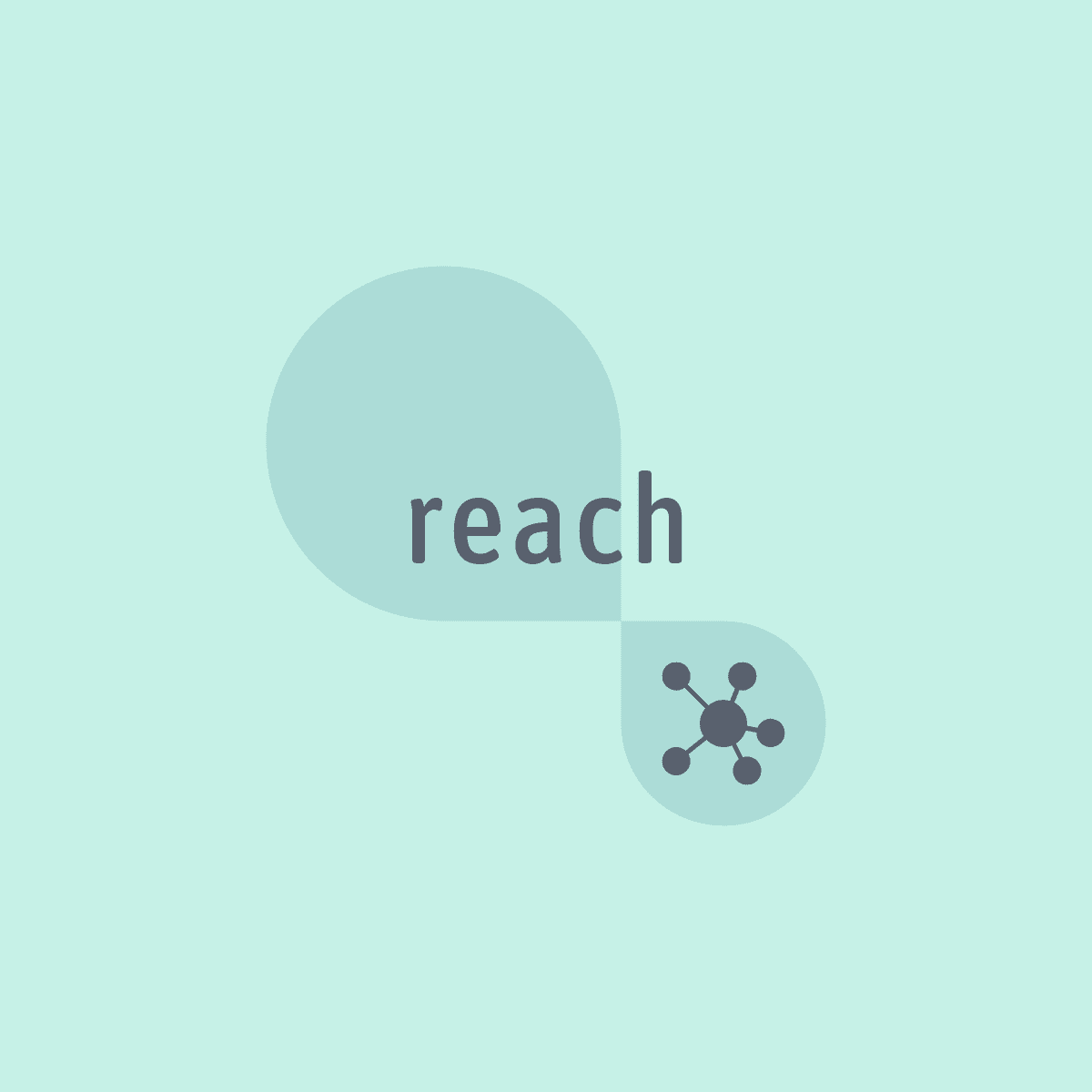Stages of Drug Addiction
Stages of Drug Addiction
What are the Stages of Drug Addiction?
Few people take their first dose of a drug — legal or illegal — with the hope of getting addicted. Yet for 2018, the U.S. Substance Abuse and Mental Health Services Administration reports that 23.5 million people sought some form of treatment for drug and alcohol problems. Of course, individual physiology and psychological makeup have much to do with how quickly addiction can take hold and with the quantity consumed before passing the invisible threshold from freedom to enslavement.
“… researchers can identify benchmarks for the stages of drug addiction.”-Projectknow.com
While each particular case may vary in time frame and intensity of dependency, certain patterns are common among the total pool of drug abusers. From the testimonies of addicts and those who treat them, researchers can identify benchmarks for the stages of drug addiction.
Experimenting with Drugs and Alcohol
Experimentation can have many different motivations. Among young people, peer pressure is a primary factor in taking their first puff, drink or snort. However, addiction need not begin in youth. A middle-aged or older individual may try prescription pain relievers to address chronic aches and discomfort. Even the elderly may use alcohol or drugs to take the edge off loneliness. These represent critical moments in life when a substance is used to make a physical, emotional or social condition a little more bearable. Isolated instances of use may or may not be followed up with greater frequency or amounts. Without a realistic self-assessment — an honest evaluation of the signs of drug addiction — a user can pass unknowingly into the more acute stages of drug addiction.
Addiction can cost up to $200 a day. What would you do with that money if treatment was affordable? Find out if your insurance covers treatment!
Consistent Use and Increased Dosage
Using a drug or other substance on a regular basis does not necessarily lead a person into addiction. Some can take a drug steadily for a period and then terminate its use with little or no discomfort. The likelihood of dependence is based upon the length of the use period and the potency of the dosages. Should the duration extend indefinitely and the strength of dosage increase likewise, regular use could turn into drug addiction. Another warning sign is certain changes in behavior. If speech and conduct change significantly, particularly an increased tendency toward aggression and risky behavior, it is necessary to stop using the substance.
Dangerous Habits and Changed Behavior
As the stages of drug addiction are passed through, the user’s personal decisions and behavior become increasingly dangerous, both to himself or herself and others. For instance, the National Survey on Drug Use and Health reported that 28.4 percent of young adults between the ages of 21 and 25 drove under the influence of illicit drugs in 2009. Close friends and loved ones are best suited to determine whether ordinary patterns are changing. Telltale signs of increasingly risky acts include:
* Driving while under the influence of a depressant
* Spending irresponsibly to acquire the substance
* Defensiveness in conversation
* Secrecy
* Changes in appearance
Changes in appetite, memory failure and deteriorating coordination are also symptoms of drug abuse. The line of demarcation between risky use and dependency is thin and difficult to distinguish. Getting help for yourself or someone you care about should not be delayed at this stage.
Developing a Dependence
Of all the stages of drug use, dependence and addiction are the hardest to differentiate. The devastating consequences of drug abuse are already evident in dependency. For example, the dependent person is frequently absent from work due to repetitious use of the controlling substance. Beyond the employer, the drug abuser will sometimes let commitments to family, friends, neighbors and community go by the wayside. The risky behaviors noted above become more habitual as well. “The devastating consequences of drug abuse are already evident in dependency.”-Projectknow.com Through all of this, though, the dependent differs from the addict by fulfilling enough obligations to maintain the basic structure of his or her life. Though the trajectory of drug abuse stages is still headed downward, the appearance of functionality remains.
Struggling with Addiction
If changes are not made — and help is not sought — the stages of drug addiction lead to the most serious stage: addiction itself. Here the user is psychologically and physically bonded to continuous use of the drug or alcohol. The point of brain disease is arrived at and the sufferer is subject to many destructive effects of long-term drug abuse. The heart and circulatory system can be compromised, as can the respiratory tract. Immunity is diminished, allowing hepatitis, HIV/AIDS, and some forms of cancer to ravage the addict. Brain damage and dementia can also occur.
At this depth, the patient seeking freedom from addiction must undergo detoxification. Since the addiction is of both body and mind, withdrawal symptoms are best managed and treated by experienced physicians. After the addictive substance has exited the body, the drug abuser can work with psychotherapists to isolate the causes and nature of the addiction. Honest and systematic therapy with mental health professionals — combined with regular participation in a support group — has led many seemingly hopeless addicts to lives free from substance abuse.
We want to know your needs exactly so that we can provide the right solution for your loved one. Let us know what you want and we’ll do our best to help.
Copyright © All Rights Reserved.



